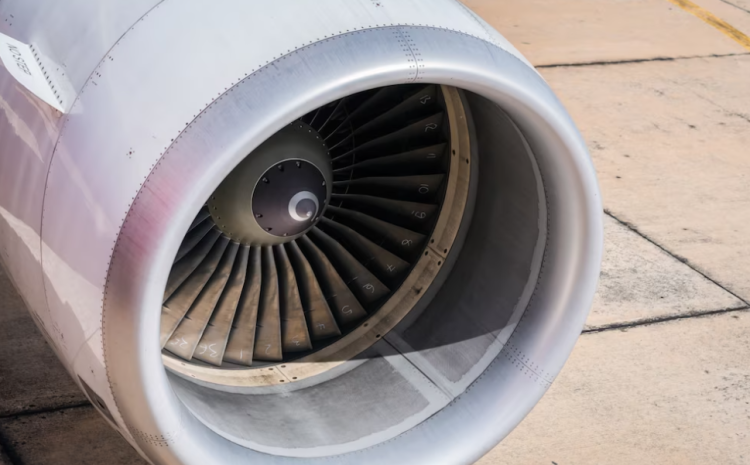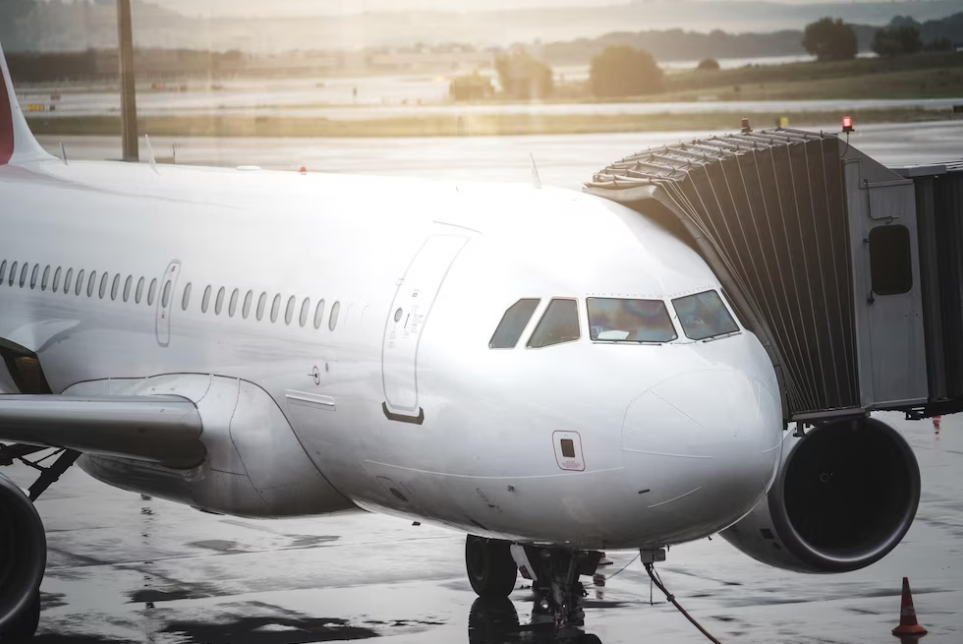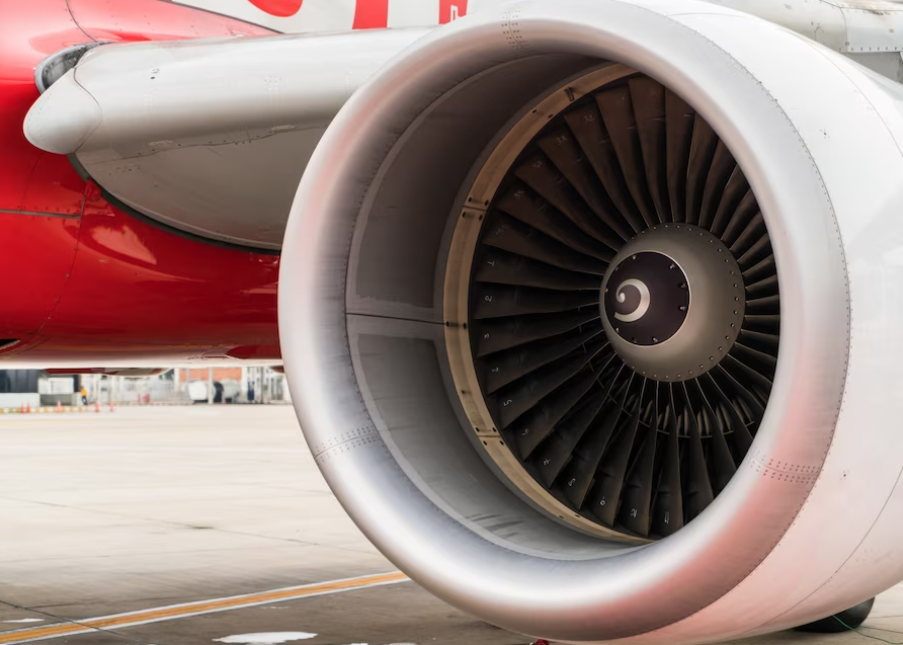Inside Jet Engines: Analyzing RPM for Flight Efficiency

The jet engine stands as a cornerstone of modern aviation, revolutionizing the way we traverse the world. Beyond its evident significance, it plays a crucial role in shaping our interconnected global society.
With jet engines, air travel gained unprecedented speed and range, enabling intercontinental journeys in a fraction of the time. This newfound accessibility brought social change, as airfares became more affordable, allowing people from diverse backgrounds to explore the globe.
Technologically, the jet engine remains a marvel, capturing the fascination of many, even those not inclined toward aviation. As we sit in airliners, witnessing the mesmerizing spin of the jet engines, a natural curiosity emerges: How many RPM does a jet engine reach?
- The jet engine fan on large modern airliners operates at a speed ranging from 2500 to 4000 RPM, while certain components within the engine rotate at significantly higher rates.
Function and Evolution of Jet Engines
Jet engines, the powerful air-breathing turbines with internal combustion, form the heart of modern aircraft. These intricate and costly machines are typically found beneath the wings of contemporary airliners, while older planes may have them near the tail. Most of today’s aircraft operate with two engines, though larger models boast four.
In essence, a jet engine operates by drawing in atmospheric air, compressing it, mixing it with fuel, and then igniting it. The resulting expansion of compressed air generates rearward pressure, propelling the aircraft forward.
The journey of jet engine development has been remarkable. From early, relatively weak engines in the 1950s, the thrust capabilities have surged exponentially. The once modest 5000 lbf thrust of engines like the de Havilland Ghost has evolved into a staggering 115,000 lbf, exemplified by the General Electric GE90. Even more impressive, modern engines like the General Electric GE9X, powering the Boeing 777X, can achieve a remarkable 134,000 lbf of thrust.
Alongside these advancements in power, engine reliability has dramatically improved over the years. From 40 in-flight shutdowns per 100,000 flying hours in the past, the number has plummeted to less than one, making jet engines more dependable than ever before.
Tracing Its Ancient Roots to Modern Aviation
The roots of jet engines and their propulsion principles stretch back into history, with echoes of turbine concepts found in ancient water and windmills. Remarkably, even in the 13th century, the Chinese harnessed jet propulsion principles in their invention of gunpowder-powered fireworks, utilizing expanding hot gases to propel rockets.
Fast forward to the early 20th century, where the visionary Englishman, Frank Whittle, laid the groundwork for jet engines with his design in 1928. Despite further development and patents, initial government interest was lukewarm. Simultaneously, German engineer Hans von Ohain pursued similar designs, culminating in the creation of the Heinkel HeS 3 engine—the world’s first operational jet engine. Its historic moment arrived when it powered the Heinkel 178 aircraft, propelling humanity’s first jet-powered flight.

The 1950s witnessed jet engines predominantly employed in fighters, while select models were cleared for early civilian jet airliners, exemplified by the de Havilland Comet. The 1960s marked a turning point as jet power gained popularity, leading to its widespread adoption in most large airliners. Fuel efficiency breakthroughs in the 1970s stemmed from the invention of high-bypass turbofan engines, the very same type now used in modern jet airliners.
The journey from ancient origins to contemporary aviation is a testament to the enduring influence of jet power, shaping the course of history and revolutionizing air travel across the globe.
Turbofan Engines: Efficiency and Performance
Among the myriad jet engine types, the turbofan stands as the prevailing choice for modern large jet airliners, excelling in fuel efficiency, noise reduction, and formidable thrust.
Comprising numerous components, the turbofan engine operates through a series of stages, each with a distinct role:
- Intake (Suck): The front fan draws in a substantial volume of air. A portion is directed to the core for the combustion process;
- Compression (Squeeze): The compressor stages skillfully compress the air, elevating both pressure and temperature;
- Combustion (Bang): Fuel is mixed with the compressed air and ignited in the combustion stage. This ignition leads to air expansion, generating rearward thrust;
- Exhaust (Blow): The hot exhaust from combustion forcefully passes through the turbine, propelling the fan and compressor (from stages 1 and 2);
- Bypass: Air not used in combustion bypasses the engine core without further processing. Accelerated by the powerful front fan, this air contributes to the majority of the engine’s thrust as it is directed rearwards.
The question of how many RPM a jet engine spins becomes intriguingly complex due to varying rotational speeds among different engine parts. Turbofan engines boast an inner core with higher rotation rates than the outer components, catering to specific pressure needs in each stage. In general, higher RPM corresponds to increased pressure, shaping the dynamics of these powerful and efficient turbofan engines.
The Rotation Speeds of Jet Engines
The speed at which a jet engine spins varies depending on its type and model. While no single rotation speed applies to all components, we can focus on the most prominent part: the front fan.
On large modern airliners, the front fan operates at a speed between 2500 and 4000 RPM. In contrast, the high-pressure compressor and turbine achieve more than 10,000 RPM.
Large diameter fans generally run at lower speeds compared to their smaller counterparts. This advantageously enables them to move more air, enhancing overall efficiency.
To produce the necessary thrust for propelling the aircraft forward, the fan must spin at an optimal rate—fast, yet not exceeding the speed of sound. If the blades’ tips surpass this limit, the airflow becomes unstable and less effective. Consequently, larger diameter fans rotate slower than smaller ones to maintain stability and stay below the speed of sound. This balance ensures jet engines deliver both efficiency and exceptional performance in aviation.
Examples of Jet Engine RPM
| Engine Model | RPM | Application |
|---|---|---|
| General Electric GE90 | 2261 / 2355 | Boeing 777 |
| General Electric GE9X | 2355 | Boeing 777X |
| General Electric GEnx | 2560 / 2835 | Boeing 787 Dreamliner and 747-8 |
| Rolls-Royce Trent 1000 | 2683 | Boeing 787 Dreamliner |
| Rolls-Royce Trent 7000 | 2683 | Airbus A330neo |
| Rolls-Royce Trent XWB | 2700 | Airbus A350 |
| Rolls-Royce RB211 | 3900 / 4500 | Boeing 747-400, 757, and 767 |
Monitoring Jet Engine Rotation Speeds: N1 and N2 Groups

Various engine parts spin at different speeds, necessitating careful monitoring by the flight crew. To facilitate this, the engine parts are categorized into groups that rotate at the same rates, known as N1 and N2.
- N1 group denotes the rotation speed of the first compressor section and the rear turbine segment, expressed as a percentage of the maximum allowable rotation speed;
- N2 group encompasses the rotation speed of the later compressor section and the forward turbine segment, also expressed as a percentage of the maximum RPM permitted.
Within the cockpit displays, pilots are provided with critical data – both N1 and N2 values – crucial for ensuring safe aircraft operation. N1 offers valuable insights into the engine’s air intake and compressor stages, serving as an indicator of the overall air intake efficiency. In parallel, N2 discloses the power supplied to engine-driven systems, encompassing hydraulic pumps, fuel pumps, generators, and more. These values directly influence the performance of these vital components. Careful monitoring of N1 and N2 values ensures the engine operates optimally, contributing to safe and reliable flight navigation.
Conclusion
The inception of jet engines ushered in a new era of faster and non-stop air travel, revolutionizing global connectivity. The seamless collaboration of numerous components within the engine generates pressure and propulsion, propelling aircraft forward. As efficiency soared, air travel costs declined, opening doors to more accessible and widespread aviation opportunities for people worldwide. The awe-inspiring grandeur of jet engines is evident in their imposing size, incredible power, and indispensable role in aviation. While wandering through an airport, one can’t help but wonder: How Many RPM Does a Jet Engine Spin? In modern airliners, the front fan typically rotates between 2500 and 4000 RPM. However, the engine’s intricate workings propel certain components to even higher rotational speeds, a testament to their remarkable engineering and unparalleled performance.